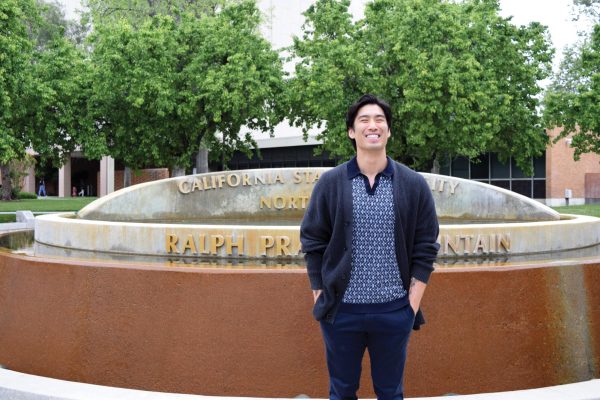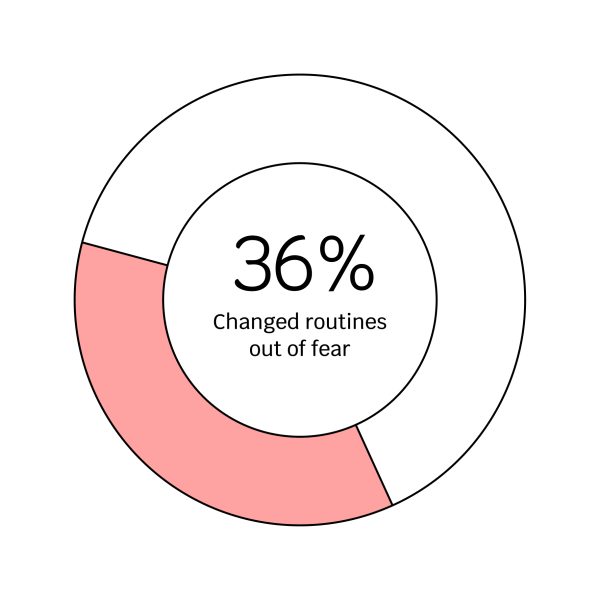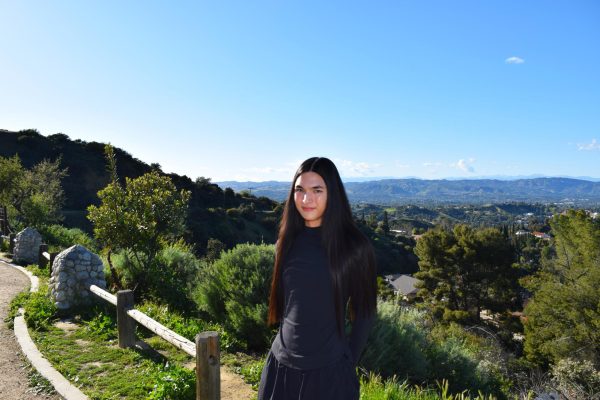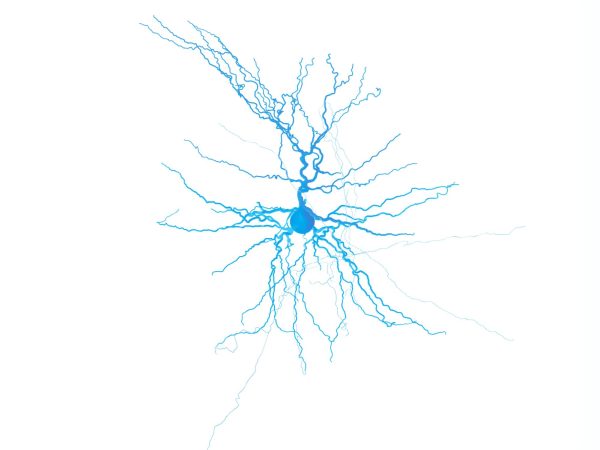Learning from the perspectives of Black authors
February 21, 2022
Black History Month is a time to collectively celebrate and learn about the experiences, stories and accomplishments of Black Americans, including those who put readers in the shoes of Black Americans who lived through the experience of history and the generational effects of it.
1. “Ain’t I a Woman: Black Women and Feminism” by bell hooks
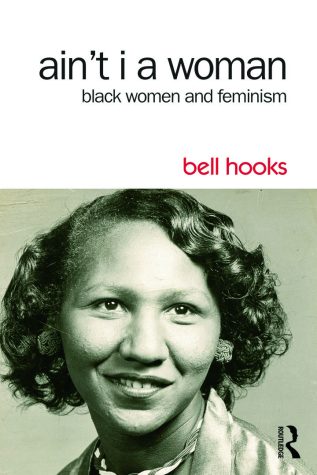
As suggested by the lowercase spelling of Gloria Watkins’ pen name, bell hooks was a writer who wanted readers to focus less on her identity and more on her ideas.
Hooks takes a deep dive into the patriarchal landscape of America while explaining slavery’s role in upholding a male-dominated society. Hooks reveals how these structural barriers led to the exclusion of Black women from the early stages of the feminist movement.
By redefining the term feminism, hooks explaines that to be feminist is “to want for all people, female and male, liberation from sexist role patterns, domination, and oppression.”
2. “The Warmth of Other Suns: The Epic Story of America’s Great Migration” by Isabel Wilkerson
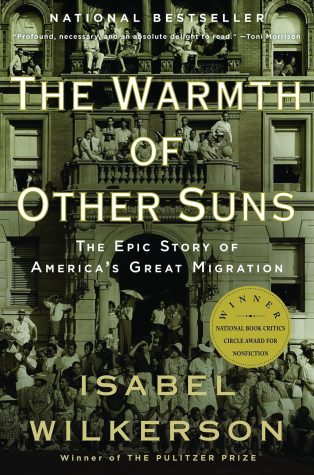
Between 1915 and 1970, roughly six million Black men and women left the South in pursuit of a better life in the North, in what is now known as the Great Migration. While each individual held different reasons for making this move, one dominant factor that catalyzed this migration was the implementation of Jim Crow laws in the South.
Wilkerson provides first-hand accounts of this mass migration by documenting the success stories of three individuals who escaped the racially-segregated South to pursue a prosperous life for them and their families.
The stories she tells represent an overarching theme of Black people not allowing an unjust system to stop them from creating opportunities for success.
“They did not dream the American Dream, they willed it into being by a definition of their own choosing,” Wilkerson writes.
3. “Americanah” by Chimamanda Ngozi Adichie
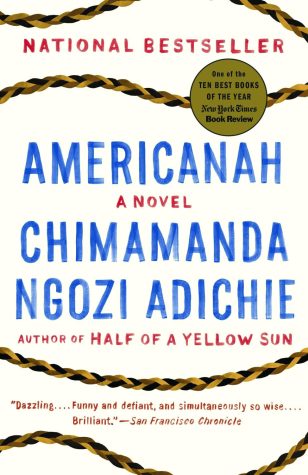
“Americanah” follows the story of Ifemelu, a young Nigerian woman trying to build a prosperous future for herself in the U.S. after leaving everything behind in her native Lagos. Adichie explores the conflict of balancing multiple cultural identities at once as an African assimilating to American culture out of necessity.
Whether it was faking an accent to hide her African tongue or straightening her hair because braids were deemed ‘unprofessional,’ Ifemelu attempts to fit in as she struggles with her cultural identity.
Adichie also contrasts the role of race as a structural pillar of society in America to her homeland. “America doesn’t care. So what if you weren’t ‘black’ in your country? You’re in America now,” Ifemelu writes.
4. “The Bluest Eye” by Toni Morrison
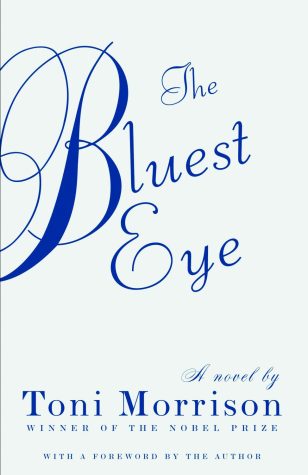
Morrison’s “The Bluest Eye” is the story of Pecola, a Black girl who struggles to nurture self-love and acceptance of her identity in an environment fueled by disdain towards her skin color.
Pecola learns to associate her dark skin with ugliness and thus wishes for blue eyes, a trait her privileged white peers possess. To Pecola, blue eyes symbolizes liberation from the pain and prejudice inflicted upon her for being Black.
The Nobel Prize in Literature winner’s novel shows how racist attitudes can encourage Black women to strip themselves of their confidence and identity in pursuit of Eurocentric beauty standards.
5. “The Fire Next Time” by James Baldwin
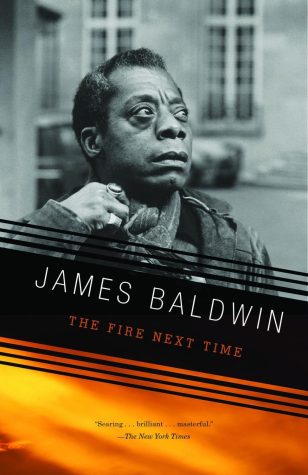
Baldwin’s work is a collection of essays that encapsulates the civil rights activist’s perspective on what he believed was necessary to bring forth an equal and united country.
Baldwin believed that reciprocal hatred between Black and white Americans would create no progress towards an equal country. The letter aimed to help his nephew understand America’s state of racial tensions while stressing the importance of eliciting change from a place of love and acceptance.
“Please try to remember that what they believe, as well as what they do and cause you to endure does not testify to your inferiority but to their inhumanity,” Baldwin wrote.
6. “Between the World and Me” by Ta-Nehisi Coates
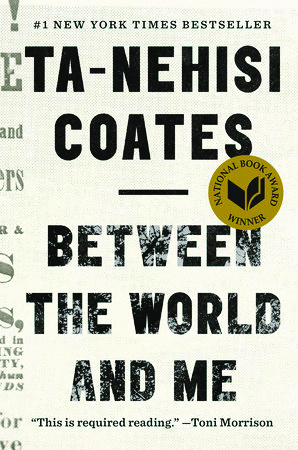
“Race is the child of racism, not the father,” Coates wrote in this letter dedicated to his teenage son, in preparation for the harsh realities a Black child may face in America.
Coates takes a critical look at racism from the eyes of a Black father by writing about
the racist experiences he himself faced while growing up in Baltimore, including the death of a Black friend killed by law enforcement.
Coates’ storytelling gives readers a glimpse into the pains and struggles that come with the everyday workings of systemic racism.
7. “So You Want to Talk About Race” by Ijeoma Oluo
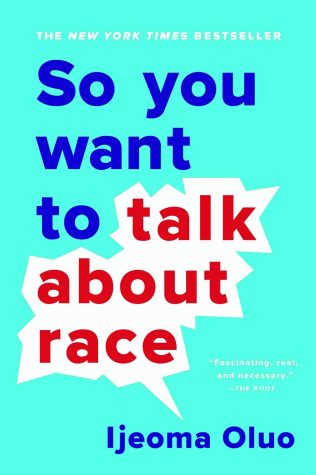
Race is a complex subject to discuss, whether it’s sharing personal experiences, explaining how it’s a systemic problem, or confronting a family member who made a racist remark.
Oluo’s “So You Want to Talk About Race” confronts this fear and urges readers to realize that if “we continue to treat racism like it is a giant monster that is chasing us, we will be forever running.”
She offers a contemporary perspective on racism that encourages everyone to overcome the fear of confronting this emotional topic by recounting her own experiences of navigating the hurdles of being a Black woman in a white-dominated patriarchal society.
8. “How We Fight For Our Lives: A Memoir” by Saeed Jones
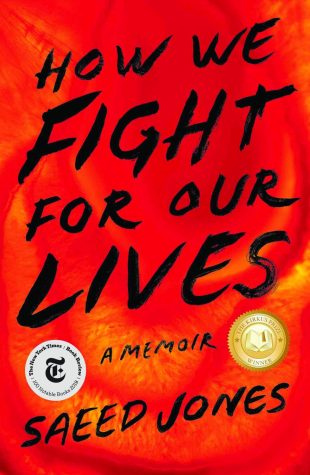
Jones’ coming-of-age memoir focuses on his journey to understanding his identity as a Black gay man in America. “Being black can get you killed. Being gay can get you killed,” he writes. “Being a black gay boy is a death wish.”
By living in an environment surrounded by homophobic attitudes and discrimination, Jones found himself having to fight for his existence in a society that challenged his very existence.

